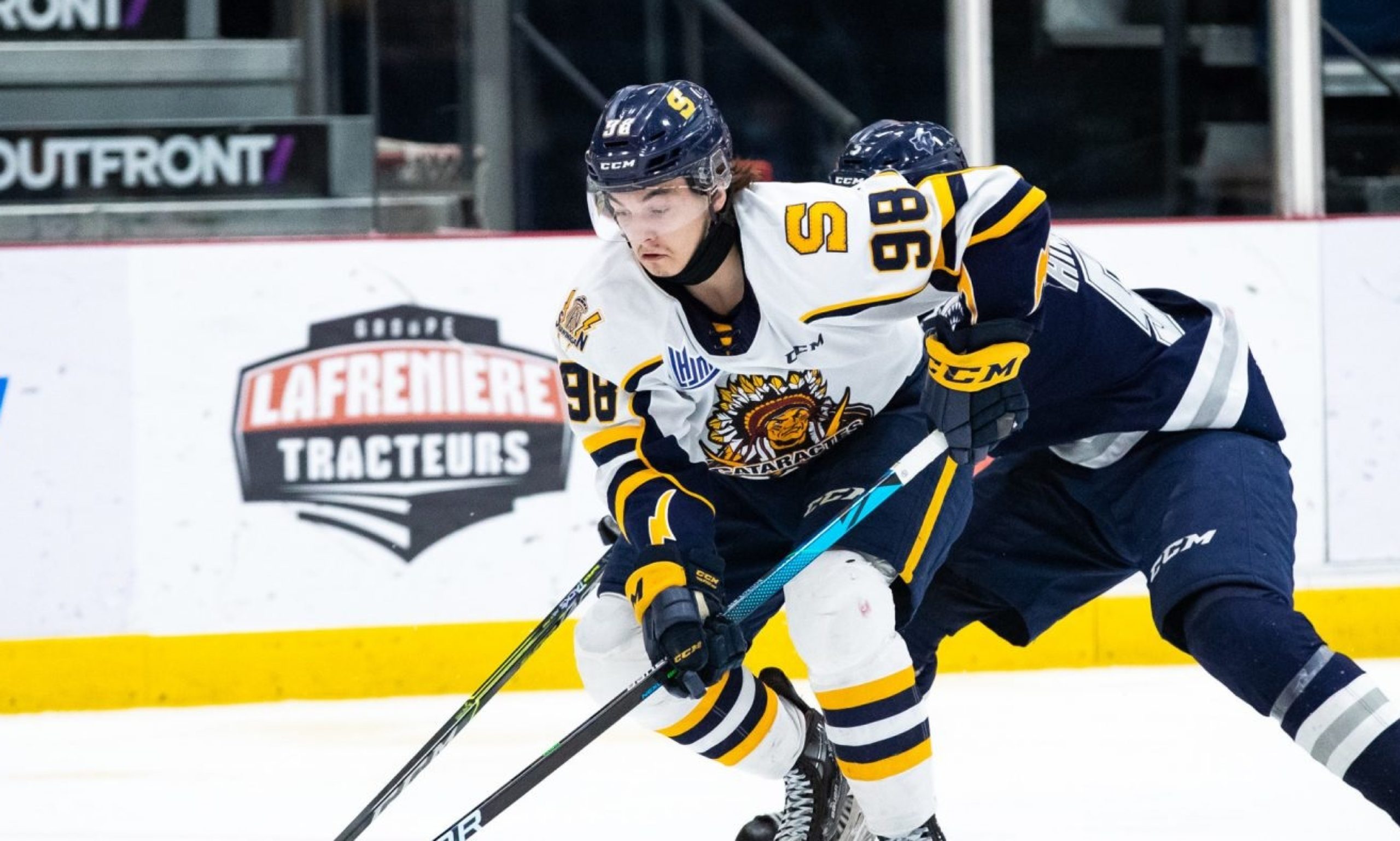
Oilers prospect Xavier Bourgault reaches two milestones at Memorial Cup
June 25, 2022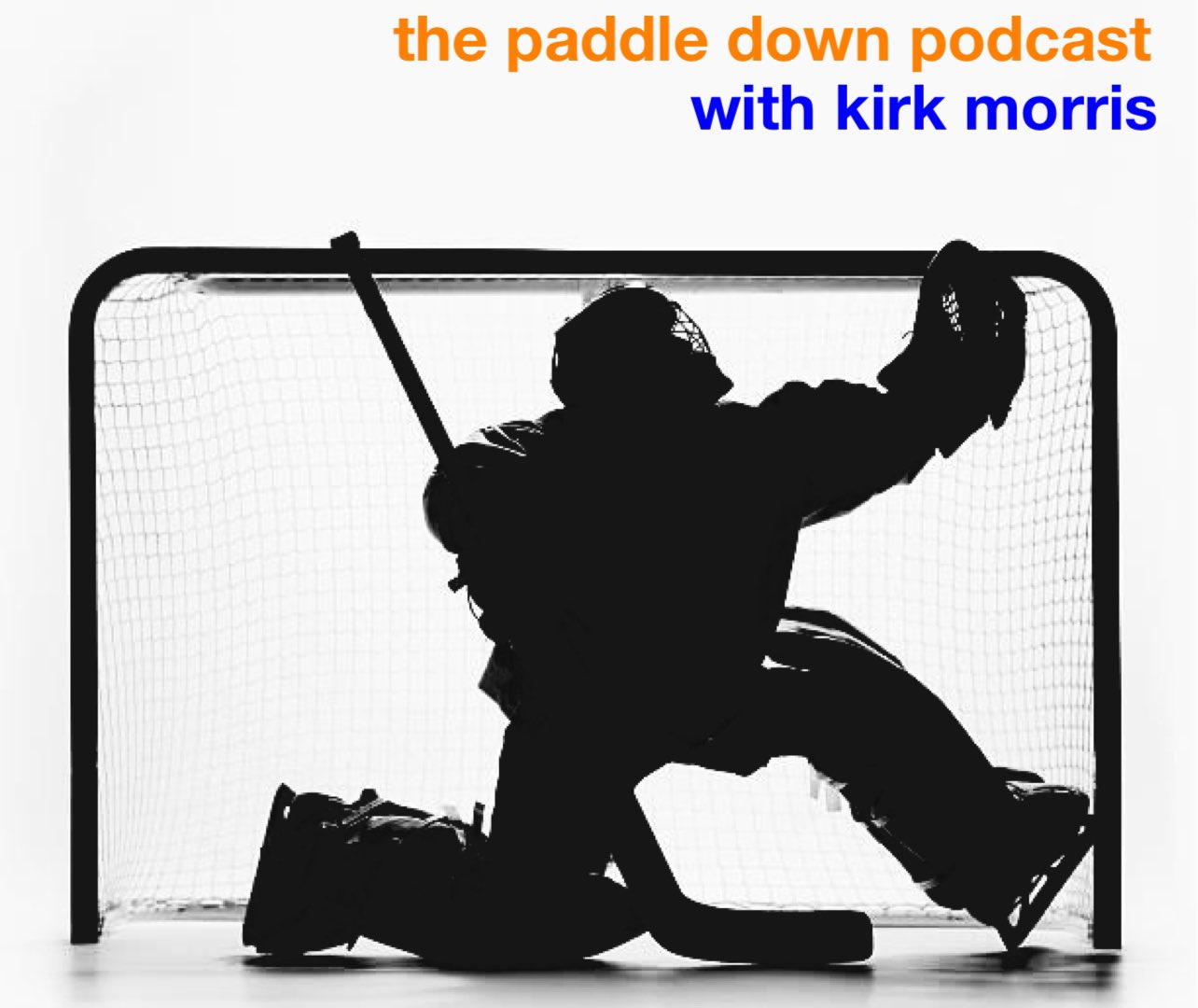
THE PADDLE DOWN PODCAST – Episode 1
July 4, 2022Yamamoto or Puljujarvi?

EDMONTON, AB - MAY 10: Edmonton Oilers Right Wing Jesse Puljujarvi (13) is demoted to the third line in the first period during the Edmonton Oilers versus the Los Angeles Kings Stanley Cup playoffs round 1, game 5 on May 10, 2022 at Rogers Place in Edmonton, AB. (Photo by Curtis Comeau/Icon Sportswire)
June 29, 2022 by Ryan Lotsberg
The Edmonton Oilers’ cap situation suggests that one of their two young RFA right wingers, Kailer Yamamoto and Jesse Puljujarvi, will likely be on their way out of town this summer.
I think that trading either one of them right now would be a mistake, but if they can only afford to keep one of them, I would prioritize Puljujarvi over Yamamoto. Yamamoto had 40 points in 81 games. Puljujarvi had 36 points, but he only played 65 games. His pace was higher than Yamamoto’s pace.
Yamamoto struggled at the start of last season. He didn’t have a point in his first seven games, and only put up six points in his first 28 games. He went seven games without a point or a shot on net during a two-week span in December. He only had sixteen points in the first half of the season. He had separate goalless droughts of nine, eleven, and twelve games throughout the course of last season.
He had a much stronger second half of his season to finish with as many points as he did. He continued his solid play throughout the playoffs. He got seven points in fourteen playoff games, and he played a tough brand of hockey. It was impressive to watch a kid of his stature play the way that he did in the playoffs.
Conversely, Puljujarvi started the year off hot and struggled in the second half. He had nine points in his first six games. He had seven goals in his first 20 games. He had 24 points in his first 33 games.
He only had two goals in nineteen games to finish the regular season after returning from missing a month due to injury. However, he had six assists in that time as well. The goal production dropped off, but he was still getting points. He had goalless droughts of seven, eight, fourteen, and nine games throughout the regular season.
He didn’t play his best in the playoffs. He had three points in sixteen games, and two of those came in the first three games of the first round. He was not physical enough for a man of his size, but it should be noted that he is dealing with a shoulder injury right now. That may have played a factor in his lack of physicality throughout the playoffs. That injury and his previous hip injuries may also be factors in the Oilers’ decision making process.
It’s fair to say that Yamamoto was more consistent offensively, but Puljujarvi got hotter and produced offence at a higher overall rate than Yamamoto did.
Yamamoto scored 20 goals on 114 shots (17.5%). Puljujarvi scored fourteen goals on 160 shots (8.75%). Yamamoto’s shooting percentage was quite high, and he shot far less frequently than Puljujarvi did. Puljujarvi took 46 more shots than Yamamoto did, and he played in sixteen fewer games. Puljujarvi’s shooting percentage was quite low. If you believe that numbers generally have a way of working themselves back towards the mean over time, then Puljujarvi has more goal scoring potential than Yamamoto does. Puljujarvi needs to work on his hands and his composure around the net to improve his finishing percentage, but I like his odds of having continued growth in that area.
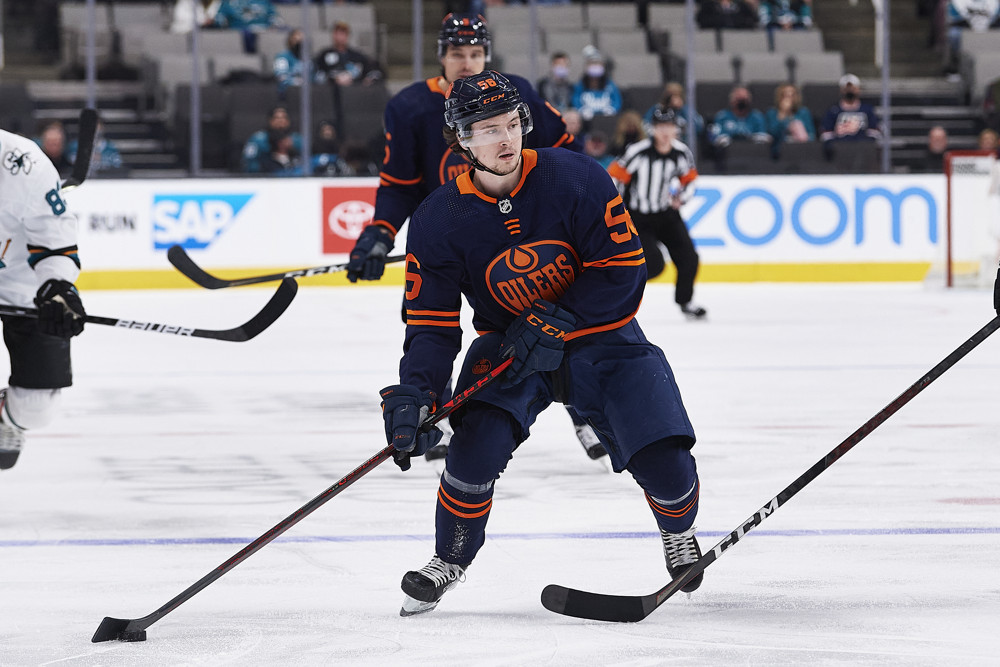
We also have to look at what they bring when they aren’t scoring. Yamamoto is tenacious, and he’s willing to go to the dirty areas. He’s always in the battle. He creates turnovers and he got rewarded for going to the net more as time went on over the course of the season. That seven game span where he had no points and no shots was concerning though. When Yamamoto is fighting it, he can totally disappear. His size also means that he gets pushed off of pucks easily in some moments.
Puljujarvi only had ten games throughout the whole season in which he didn’t record a shot. Every advanced metric that’s measured in a percentage was over 50% for Puljujarvi last season. Every centre that he played with had elevated advanced metrics while playing with Puljujarvi. That says a lot about his work away from the puck. He kept plays alive for his linemates in the offensive zone, and he kept the play in front of him in the defensive zone. Puljujarvi is also huge. He needs to figure out how to be more physical because he could do some damage with that frame.
The other reason that I would trade Yamamoto over Puljujarvi is that the return would be greater for Yamamoto coming off of a 20-goal season than it would be for Puljujarvi, a former fourth overall pick that hasn’t been able to live up to that billing yet.
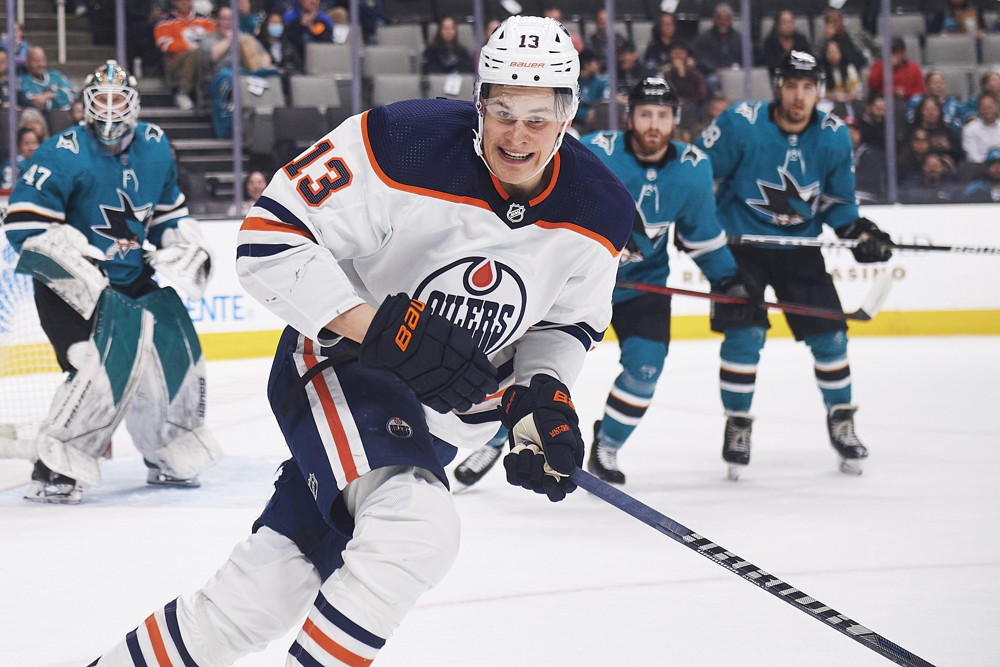
It would be a mistake to trade either one right now, but as I outlined earlier, the cap situation will make signing both players difficult. Finding comparable contracts is always difficult, because no two situations are exactly alike, but a recent comparable for Yamamoto and Puljujarvi is Joel Farabee.
Farabee signed a six-year, $30 million contract last September. He scored 21 points in 52 games in his rookie season. Yamamoto scored an identical 21 points in 52 games in 2020-21, but Yamamoto had played in 55 NHL games prior to achieving those numbers. Farabee did that as a rookie. He scored 38 points in 55 games in the year before he signed his new contract, which included 20 goals. Yamamoto scored 20 goals this year, but he scored at a lower rate than Farabee did. Puljujarvi hasn’t come close to matching his production.
It’s fair to say that a six-year contract with an AAV of $5 million would be too much for both Yamamoto and Puljujarvi.
Warren Foegele’s contract from last summer would represent the low end of the range of possibilities for Yamamoto and Puljujarvi. Foegele had 200 NHL games and 68 points to his credit before signing a three-year deal with an AAV of $2.75 million last summer. Yamamoto has more points in fewer games played than Foegele did when he signed his contract. Puljujarvi has more games played and more points than Yamamoto and Foegele, but Puljujarvi’s points per game rate barely surpasses Foegele’s mark.
Fair contracts for Yamamoto and Puljujarvi would fall between three and six years of term with AAVs between three and four and a half million dollars. It would be smart for the Oilers to sign both to long term deals with AAVs of approximately four million dollars. I believe that Yamamoto’s deal would carry a slightly higher AAV than Puljujarvi’s deal would at this point (which would be another reason to keep Puljujarvi over Yamamoto), but they won’t both fit under the cap unless Ken Holland gets creative.

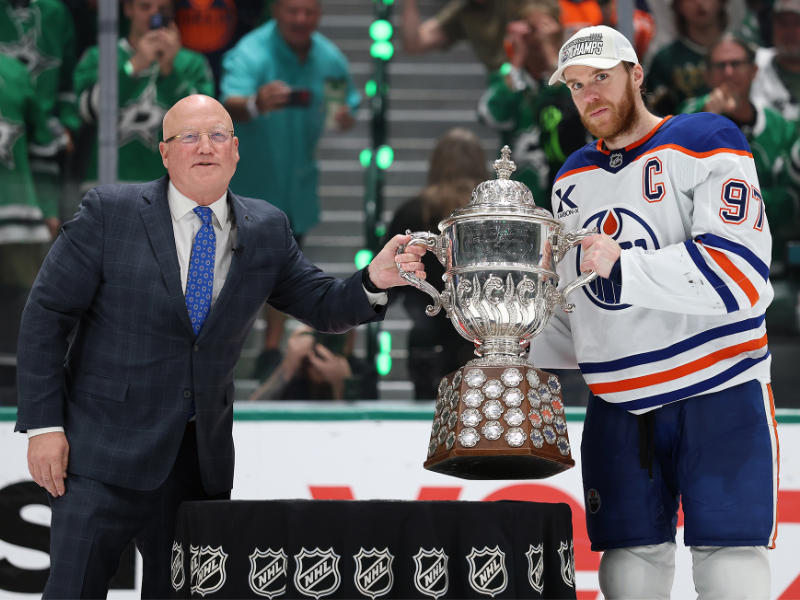
1 Comment
[…] I noted in my previous piece, the Oilers only have $7,130,205 in cap space according to CapFriendly, and they have three […]